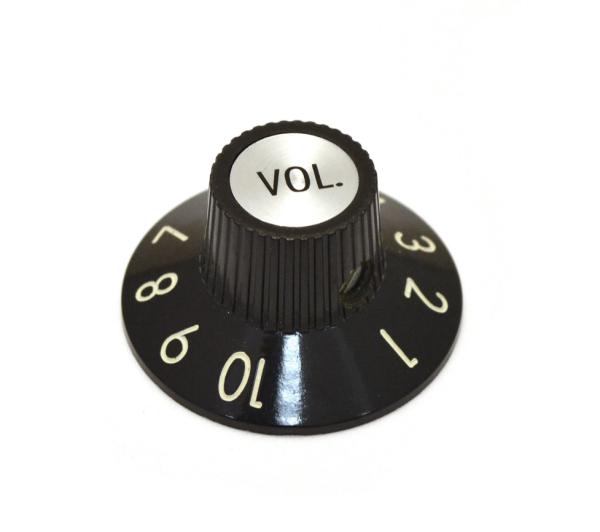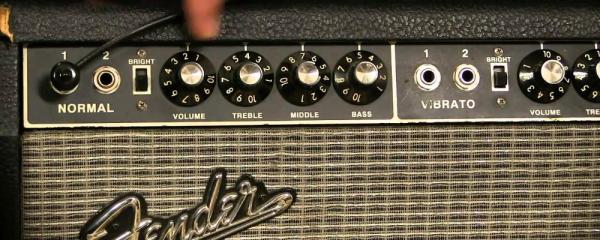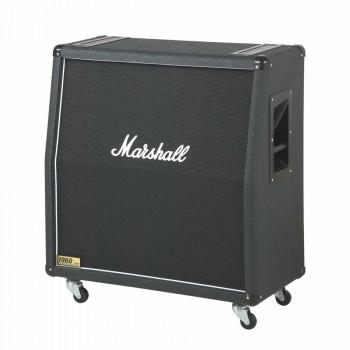Language
amplifier
-
Guitar Tips: Balancing Volume And Tone
Creating the ideal tone is a balancing act, with everything from your gear to the physical environment you’re performing at playing a role. Of all the links in this chain, too many players tend to neglect the impact that cranking up the volume has on their overall tone, performing as if more volume always equals a more powerful sound. Today, we want to share a few ideas that relate to volume and tone which will hopefully give you a better understanding of the relationship at play. It should go without saying that tone is a very subjective thing, and what sounds great to one player might not to another. But with that said, the following tips should be a good starting point for your search. Continue reading → -
How To Properly Care For Your Tube Amp
There’s a reason why tube amps have remained popular after all these years. Despite their relatively high price tag and an overall delicate design that is firmly rooted in mid-20th-century technology, nothing beats a tube amp when it comes to creating stunning high-gain tone. Whether you’re looking for smooth sustain and compression or fat and crunchy distortion, the signature sound of a tube amp remains the holy grail of guitar tone. Today, we’re going to look at a few tips to that should help you properly care for those delicate yet beautiful tone machines and give them the best shot at a long and happy life! Continue reading → -
The Difference Between Open And Closed Back Cabinets
It's no secret that a player's choice in loudspeaker plays a big role in their tone. What's not as well know is that several elements other than the speaker itself also contributes to its sound, such as the type of cabinet. This includes the size of the cabinet, type of wood, thickness of baffle (the panel that the speaker is mounted to) and how the parts of cabinet are joined together. But out of all the elements of a cabinet's construction, the most significant aspect is arguably whether the back is opened or closed; The same amplifier will sound significantly different when driving speakers in either open back or closed back cabinets. Continue reading → -
Suhr Corso Guitar Amplifier Head Review
Surh has built a name for themselves among gear aficionados for their high quality guitars, effects pickups and amplifiers. A week ago we took a look at some of their pedals and pickups. Today we’re taking a closer look at one of their amps, the Suhr Corso – a 5 watt electric guitar tube amp head that aims to provide players with all the tone and character of a high-powered amplifier in a small, portable package that’s meant for work in the studio or for practice at home. Boasting an all-tube, variable wattage design, along with a very unique and stylish look, does the Suhr Corso deliver on its promise of big tone in a compact, convenient form factor? Continue reading → -
Marshall 1962 BluesBreaker Combo Amp Review
[caption id="attachment_2177" align="alignright" width="300"] The Marshall 1962 BluesBreaker combo is loaded with two re-issue 'Greenback' 25 Watt speakers to re-create that classic sixties tone.[/caption]
When Marshall released the first Bluesbreaker for sale to the general public in 1964, it quickly became a success due to its affordable price (about one-third less than a VOX AC30 and half as much as a Fender Bassman), signature Marshall sound and it’s connection with ‘60s blues rock. But when you get down to it, the Marshall Bluesbreaker was pretty much a JTM 45 combo amp. Also, Model 1961 was essentially a lead version of the Model 1987 JTM 45, fixed up with tremolo and fitted into an open backed speaker cabinet, while the Model 1962 used the bass version of the JTM 45 (model 1986), also fitted with tremolo and a similar open back cab. To get even deeper into its roots, the Marshall JTM 45 that led to the Bluesbreaker was pretty much a Fender Bassman amp with modified circuits. Since the Bluesbreaker ultimately came from the Fender Bassman, you can actually modify a Bassman into a Bluesbreaker. Continue reading →
The Marshall 1962 BluesBreaker combo is loaded with two re-issue 'Greenback' 25 Watt speakers to re-create that classic sixties tone.[/caption]
When Marshall released the first Bluesbreaker for sale to the general public in 1964, it quickly became a success due to its affordable price (about one-third less than a VOX AC30 and half as much as a Fender Bassman), signature Marshall sound and it’s connection with ‘60s blues rock. But when you get down to it, the Marshall Bluesbreaker was pretty much a JTM 45 combo amp. Also, Model 1961 was essentially a lead version of the Model 1987 JTM 45, fixed up with tremolo and fitted into an open backed speaker cabinet, while the Model 1962 used the bass version of the JTM 45 (model 1986), also fitted with tremolo and a similar open back cab. To get even deeper into its roots, the Marshall JTM 45 that led to the Bluesbreaker was pretty much a Fender Bassman amp with modified circuits. Since the Bluesbreaker ultimately came from the Fender Bassman, you can actually modify a Bassman into a Bluesbreaker. Continue reading →





